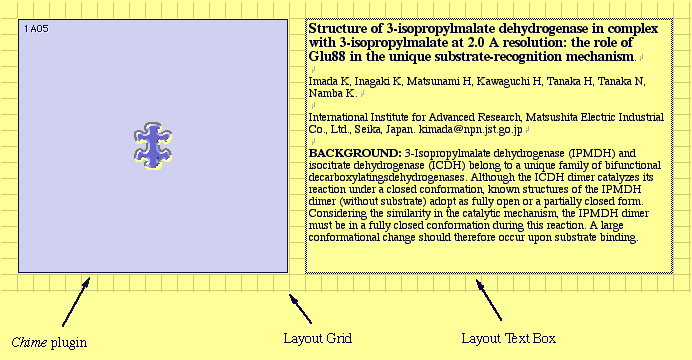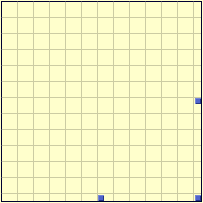
[Home] [Page 1] [Page 2] [Page 3] [Page 4] [Page 5] [Page 6] [Page 7]
| Structure of 3-isopropylmalate dehydrogenase in complex with 3-isopropylmalate at 2.0 A resolution: the role of Glu88 in the unique substrate-recognition mechanism. Imada K, Inagaki K, Matsunami H, Kawaguchi H, Tanaka H, Tanaka N, Namba K. International Institute for Advanced Research, Matsushita Electric Industrial Co., Ltd., Seika, Japan. kimada@npn.jst.go.jp BACKGROUND: 3-Isopropylmalate dehydrogenase (IPMDH) and isocitrate dehydrogenase (ICDH) belong to a unique family of bifunctional decarboxylatingsdehydrogenases. Although the ICDH dimer catalyzes its reaction under a closed conformation, known structures of the IPMDH dimer (without substrate) adopt as fully open or a partially closed form. Considering the similarity in the catalytic mechanism, the IPMDH dimer must be in a fully closed conformation during this reaction. A large conformational change should therefore occur upon substrate binding. |
||||



